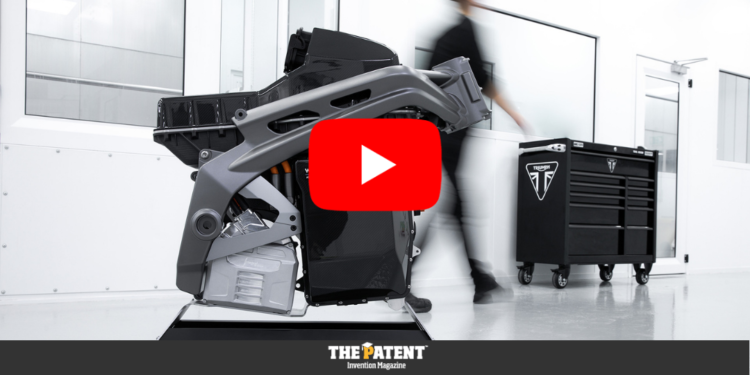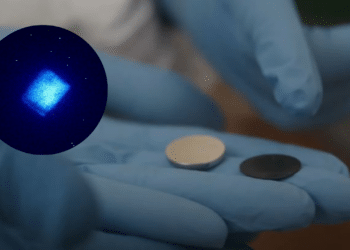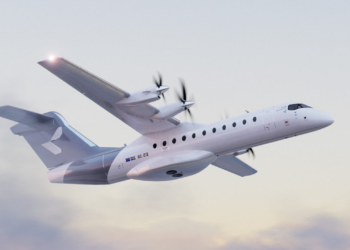British racing stable unveils Project TE-1 Prototype, a revolutionary electric – powered bike with Triumph-style performance: video
Triumph accelerates the race to electric. The British stable has begun Phase 2 of Project TE-1 Prototype. This is a four-stage process that began in May 2019 and will culminate in the launch of Triumph’s first 100% electric motorbike. Phase 1 involved engine design and vehicle design. In Phase 2, Triumph’s engineers are focusing on the powertrain – the ‘heart’ of the bike. This is the set of components that produce and transfer the bike’s power and torque to the ground. The powertrain therefore includes the engine with all its components (power supply, throttle, cooling system, exhaust system, ignition, battery), the transmission (including clutch, gearbox, differential, driveshaft (if any), couplings, etc.) and the final components (drive wheels, tracks, propellers). The design of all these components is the result of a collaboration between Triumph Motorcycles, Williams Advanced Engineering, Integral Powertrain Ltd and the WMG department of the University of Warwick. The project is supported and funded by the Office for Zero Emission Vehicles (OZEV), a UK government department that promotes the design and deployment of low-emission vehicles.
You might also be interested in → Apple Car: Cupertino’s first (electric) car is on the way
The powertrain of the first electric Triumph is revealed
The powertrain of Triumph’s first 100% electric motorbike has been unveiled, along with some sketches of the fairing design. Initial tests conducted by British engineers have shown that the TE-1 Prototype is capable of matching and exceeding the performance of electric bikes on the market today in terms of performance, durability and rideability. The engine produces 130kW or around 180 horsepower, but weighs only 10kg, far less than what is on the market today and clearly far, far less than a comparable performance endothermic engine. “The use of silicon carbide in our new inverter will also enable us to achieve great results in terms of efficiency,” said Andrew Cross, Chief Technical Officer at Integral Powertrain Ltd. The ultimate goal is to develop a high-capacity electric vehicle that will fully meet the expectations of those used to driving a ‘traditional’, petrol-powered Triumph. CEO Nick Bloor set the target for 2025. “The completion of Phase 2,” he said on the sidelines of the powertrain presentation, “and the promising results achieved to date, provide us with an exciting preview of the true potential of the electric vehicle. All this confirms the talent and innovative spirit of this collaboration between different British excellences. The results of this project will undoubtedly be very useful to us in setting and defining our customers’ expectations for the commercialisation of a vehicle capable of significantly reducing the environmental impact of their individual mobility”.
Read also → 180 horsepower for 180 kilos: Aston Martin unveils “its” first motorbike

































